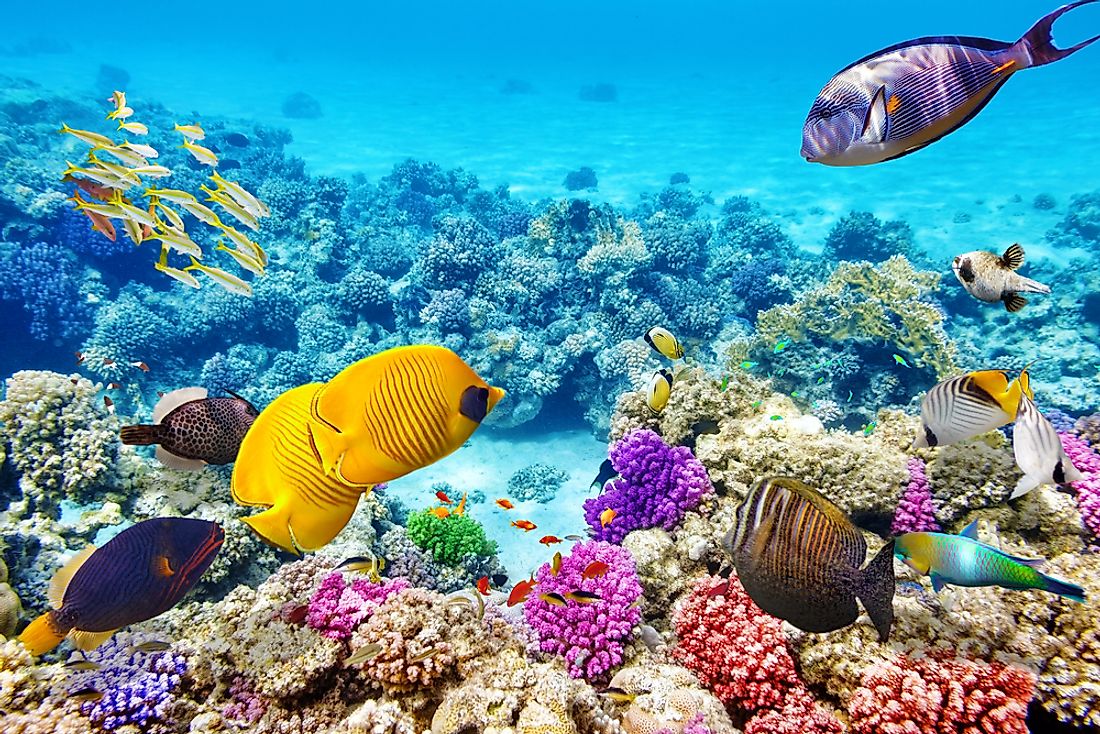Is The Great Barrier Reef Really Dead?

The largest coral reef in the world, the Great Barrier Reef (GBR), is in the Coral Sea off the Australian Coast in Queensland and is also visible from outer space. Being the world’s largest structure made up of billions of living coral polyps, the GBR supports many other living organisms leading to it being labelled a UNESCO World Heritage Site and one of the seven natural wonders of the world. There are 2,900 specific reefs and 900 islands covering an area of 133,000 square miles and stretching for 1,400 miles that make up the Great Barrier Reef.
Debate On The Status Of The Great Barrier Reef
For years, there have been debates on whether the GBR is dead, dying, or alive. Different researchers, media outlets, and scientists have done their research on the subject matter and have very compelling reasons for their points of view. Below are the reasons given for each argument.
The Great Barrier Reef Is Dying Or Dead?
Threats to GBR are real and well documented but no scientist has ever declared it officially dead, and in the event that officials declare it so, nobody has the authority, like a doctor, to declare it dead thus the frustration with sources that declared GBR dead. Believed to be approximately 25 million years, Outside Magazine Online declared the GBR dead in 2016 citing the fragile state of the reef which suffers from the ever-increasing sea surface temperature and acidity that made the corals expel the zooxanthellae algae thus leading to coral bleaching (whitening) although this condition is reversible if the conditions become favorable. Prior to 2016, GBR bleached in the 1980s.
Australian researchers reported that more than 500 corals had experienced severe bleaching. Other sources reported that 93% of the corals had bleached this could worsen if there will be no reduction in greenhouse gases that cause the rising temperatures. The Australian Government also recorded that 22% of corals on the GBR had died because of severe bleaching, the majority of which happened within 373 miles stretch.
The Great Barrier Reef Is Alive and Well?
Those who believe that the GBR is alive and well cite UNESCO’s resolve not to declare it endangered even in the face of fears that it may be degrading fast. Furthermore, tourists and locals still claim that there is life in GBR and that the events of Cyclone Debbie and the 2016 to 2017 bleaching that occurred due to overheating that prevented spawning will not be permanent. Other evidence suggests that even within places of severe bleaching, there are some extended areas that are alive and colorful. Proponents of this argument also say that those who declared the GBR dead only did aerial views and did not conduct close examinations. What this argument means is that the percentage of bleaching is an exaggeration and that most of the bleached parts are bouncing back. Equally, divers, biologists, and locals report that marine life within the GBR is flourishing with turtles, tropical fish, sharks, and underwater creatures among others.
Future Of The Great Barrier Reef
From the two debating points, the main threats to GBR are global warming, atmospheric carbon dioxide, and oceanic acidification, therefore, global efforts to reduce greenhouse gas emissions and adoption of environmentally friendly practices is what the GBR needs. There is a need for a global-scale clean-up and commitment from individuals to governments because the feature is a global feature, not just a national feature of Australia.











